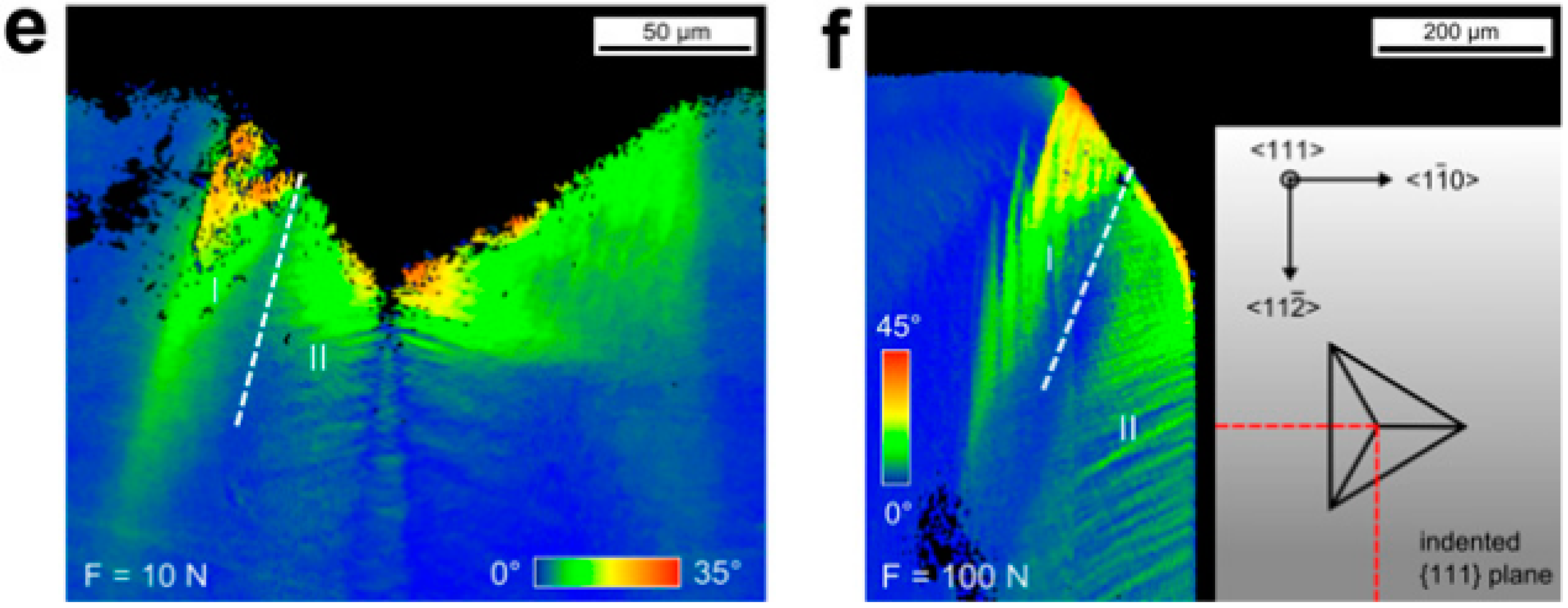


MATLAB has also assisted in the visualisation of 3D dose distributions and all 3D results.ĭetecting Moving Objects in Aerial Imagery Captured from Unmanned Aerial Vehiclesĭetecting moving objects in video footage is a fundamental preprocessing step involved in object detection and tracking. Furthermore, the MATLAB ® Classification Learner app has been extremely useful in the preliminary establishment of a model based on machine learning that can classify participants in terms of treatment failure (and potentially side effects). A range of statistical and matrix manipulation functions were employed to compare the 3D dose distributions of subjects with and without treatment failure, exposing regions where dose variance is associated with failure. Statistics and Machine Learning Toolbox™ and Parallel Computing Toolbox™ have enabled most of the analysis. This will enable the location of underdosed regions and bring about an enhanced understanding of the nature of microscopic disease spread, potentially improving patient treatment outcome. The goal is to utilize computational statistics to associate the 3D distribution of dose in and around the prostate target with treatment failure. The technique significantly reduces the cost and timelines for analysis on many mining projects.Īssociating 3D Radiation Dose with Treatment Failure in Prostate Cancer Radiotherapy PatientsĮxternal beam radiotherapy, in which radiation dose is externally delivered to the cancerous target, is an established prostate cancer treatment modality with several unresolved issues.
#Smart indednt matlab 2017 full
Alternatively, a full pattern machine learning technique using artificial neural networks and a specific calibration set of samples can produce a model that can predict results for unknown samples. Traditionally, specific spectral features are interpreted and compared with the spectra of pure minerals. The key to successful use of infrared spectra, however, is the interpretation methodology. The combination of these devices allows for the detection of hydrated, carbonate, silicate, and many oxide minerals from the spectral data. Fourier transform infrared (FTIR) instruments using a diffuse reflectance accessory collect spectra for pulp or powdered samples in the mid- and thermal-infrared range. and the HyLogger™ system, collect spectra in the near-infrared and short-wave infrared region from mining samples like core and rock chips. Infrared devices, such as the TerraSpec line from ASD Inc.

Infrared spectroscopy exploits chemical composition and molecular and lattice structures within mineral samples to produce a characteristic response. Analysis of Mining Samples Using Infrared Spectroscopy and Machine Learning


 0 kommentar(er)
0 kommentar(er)
